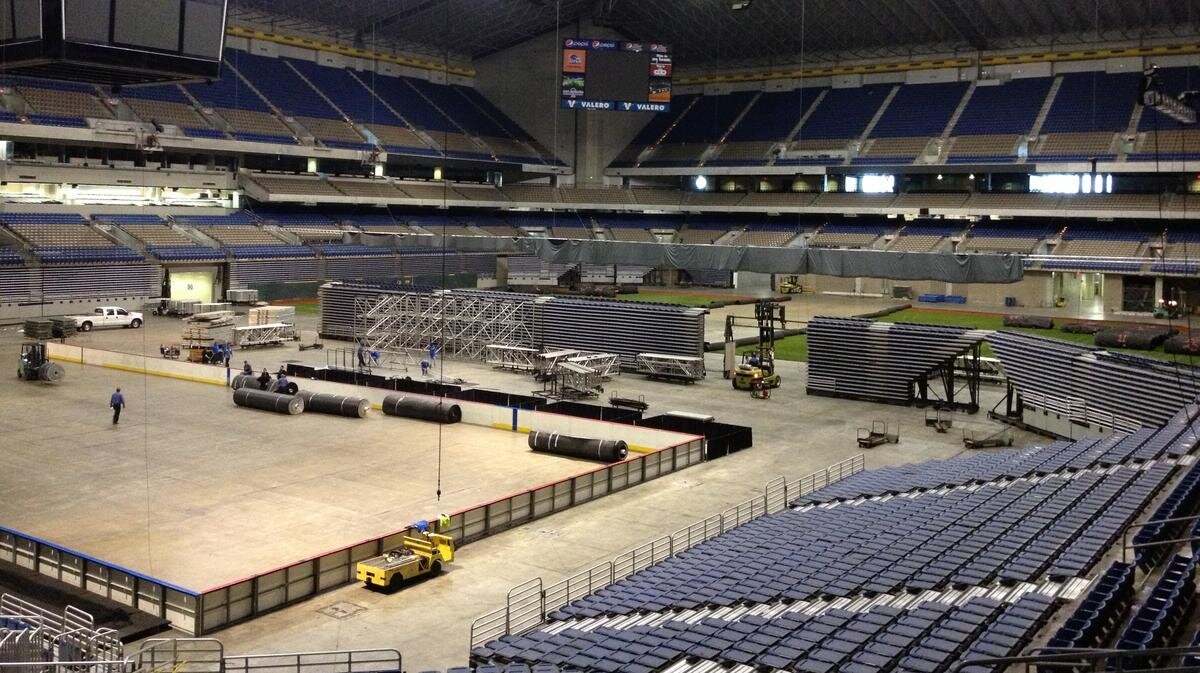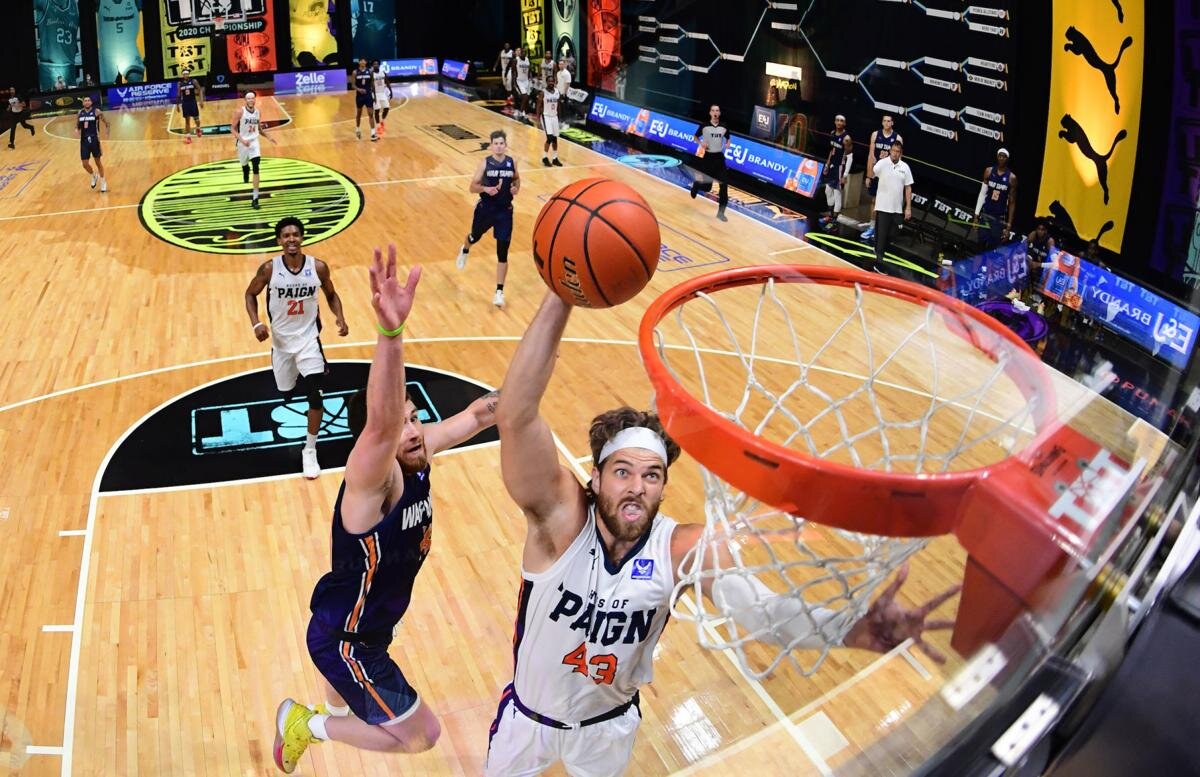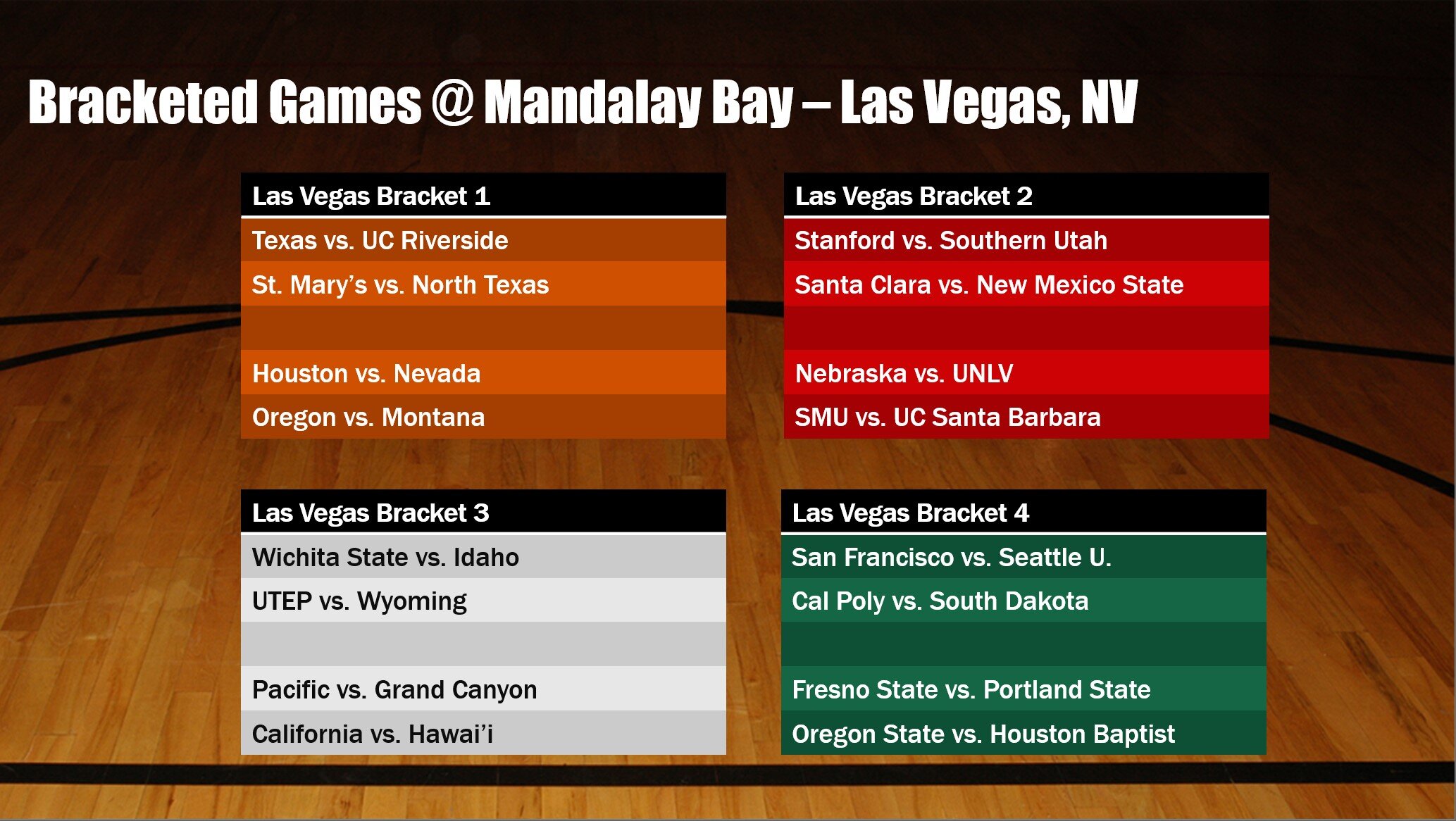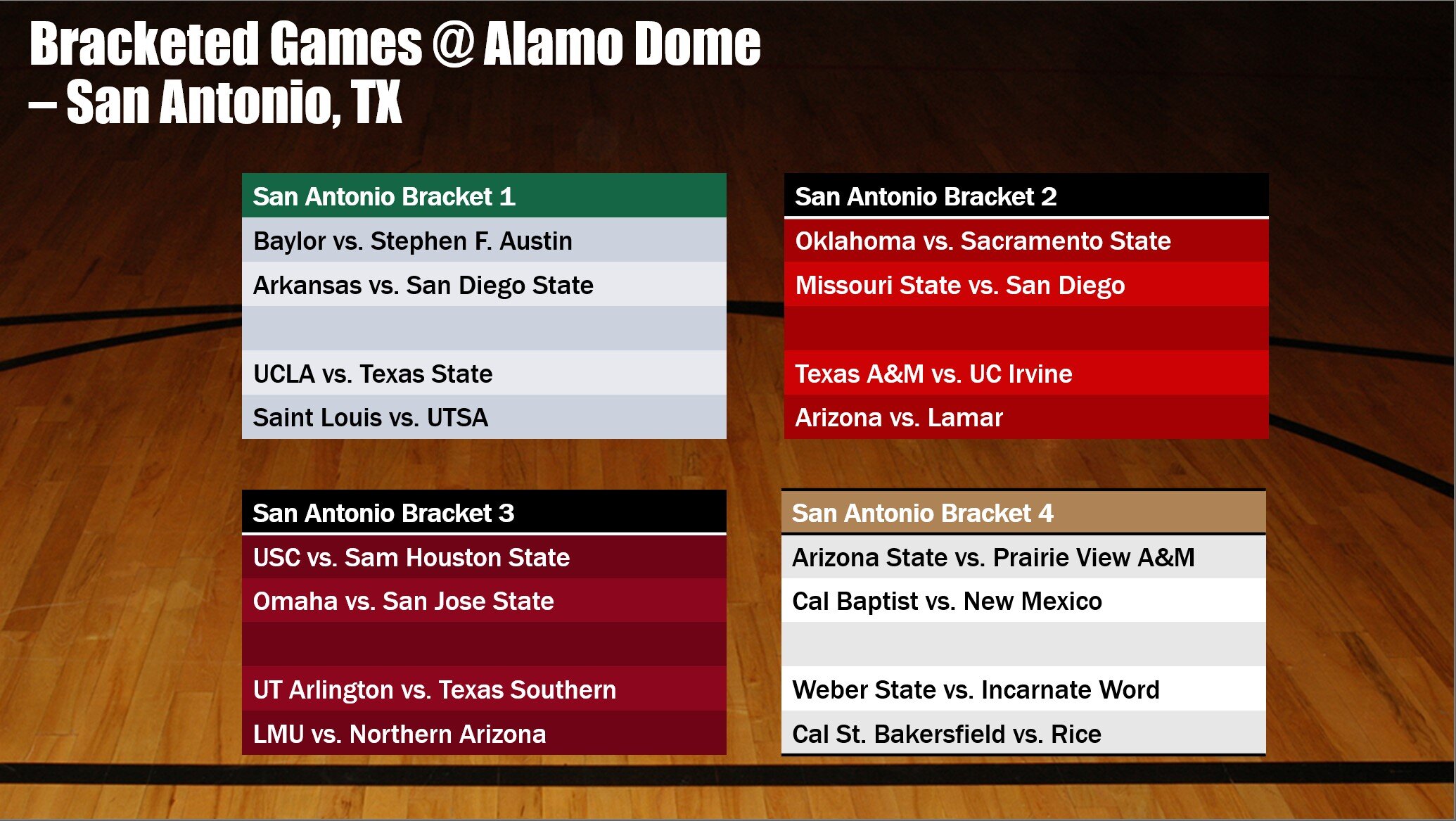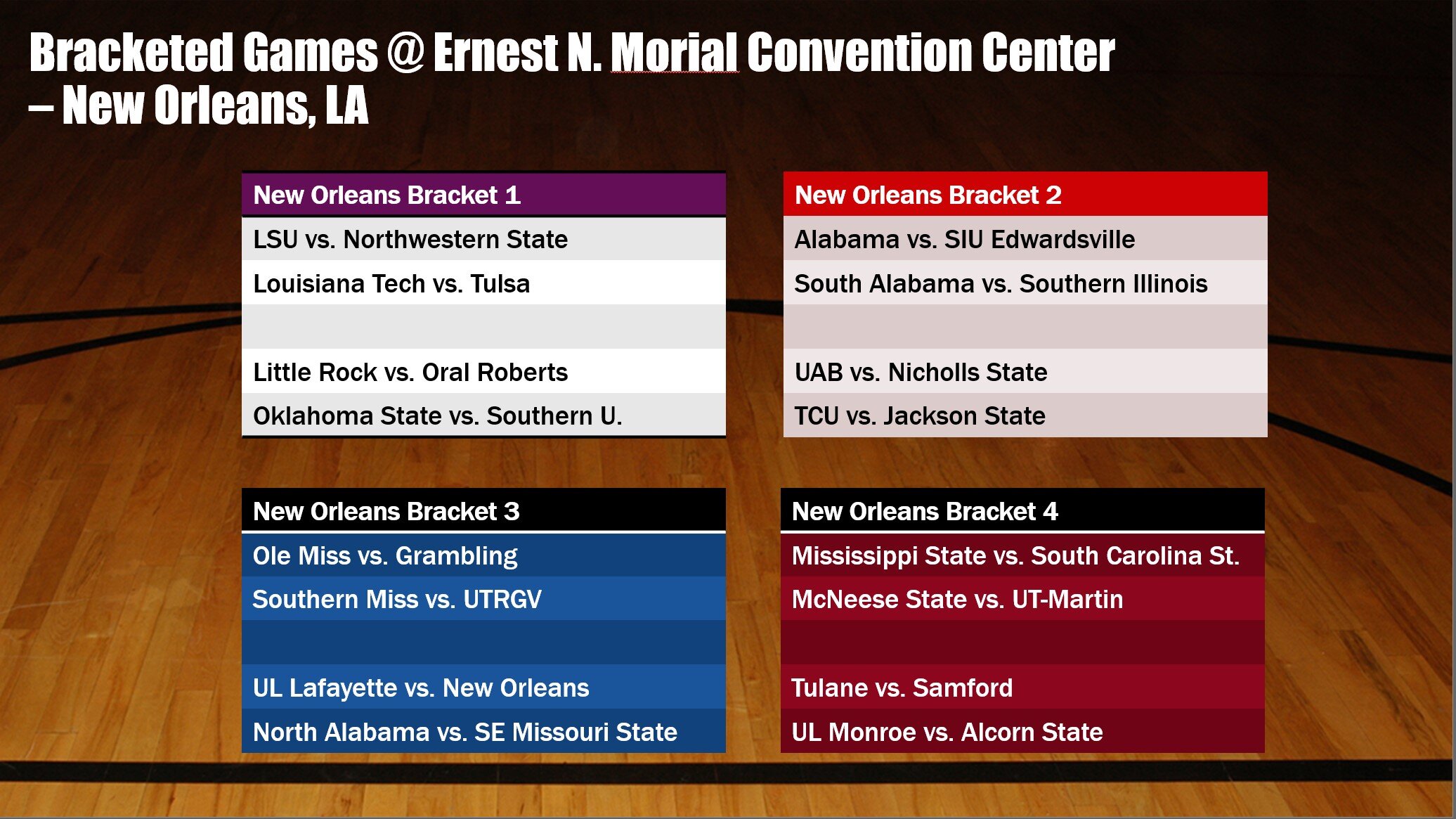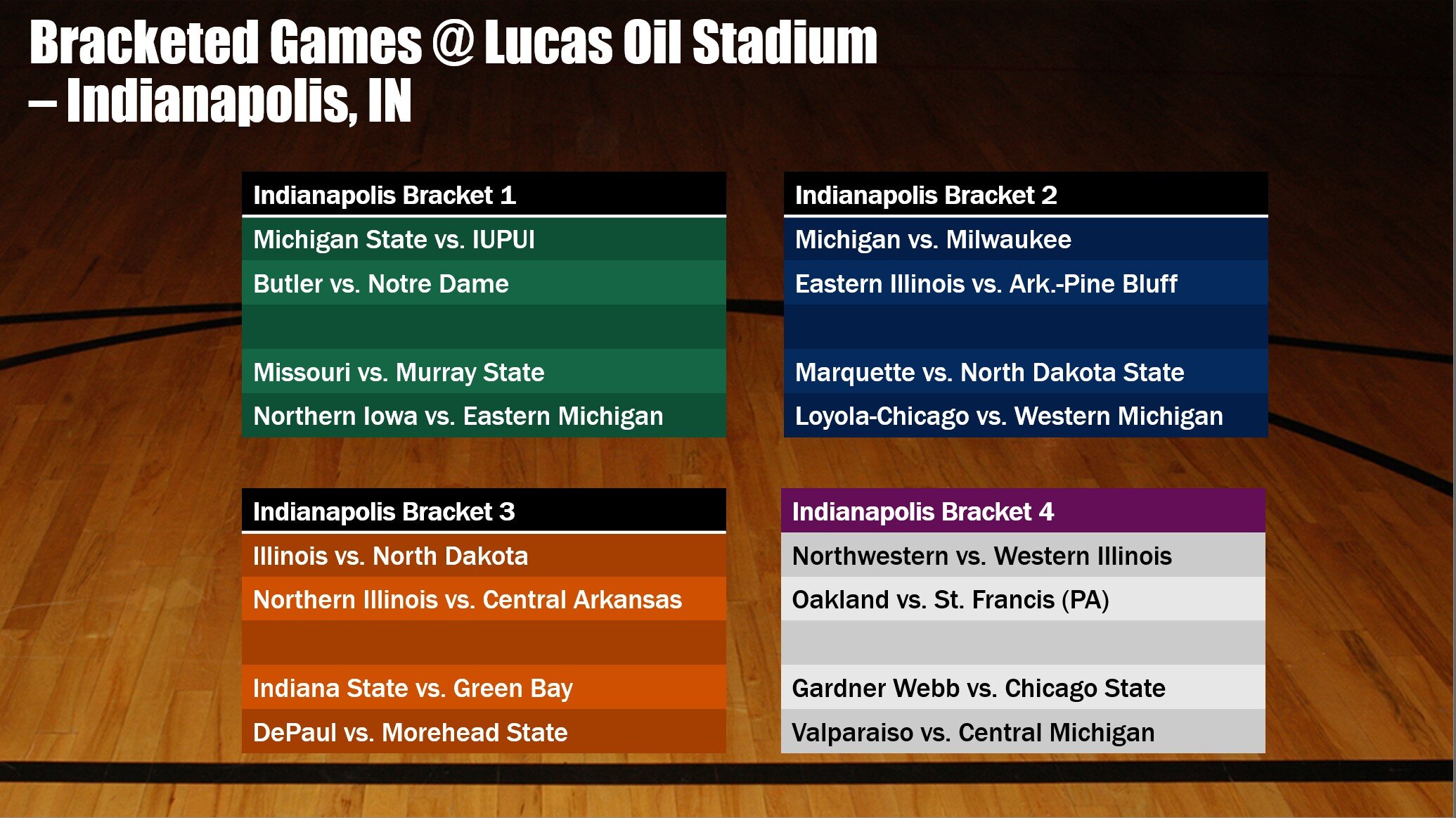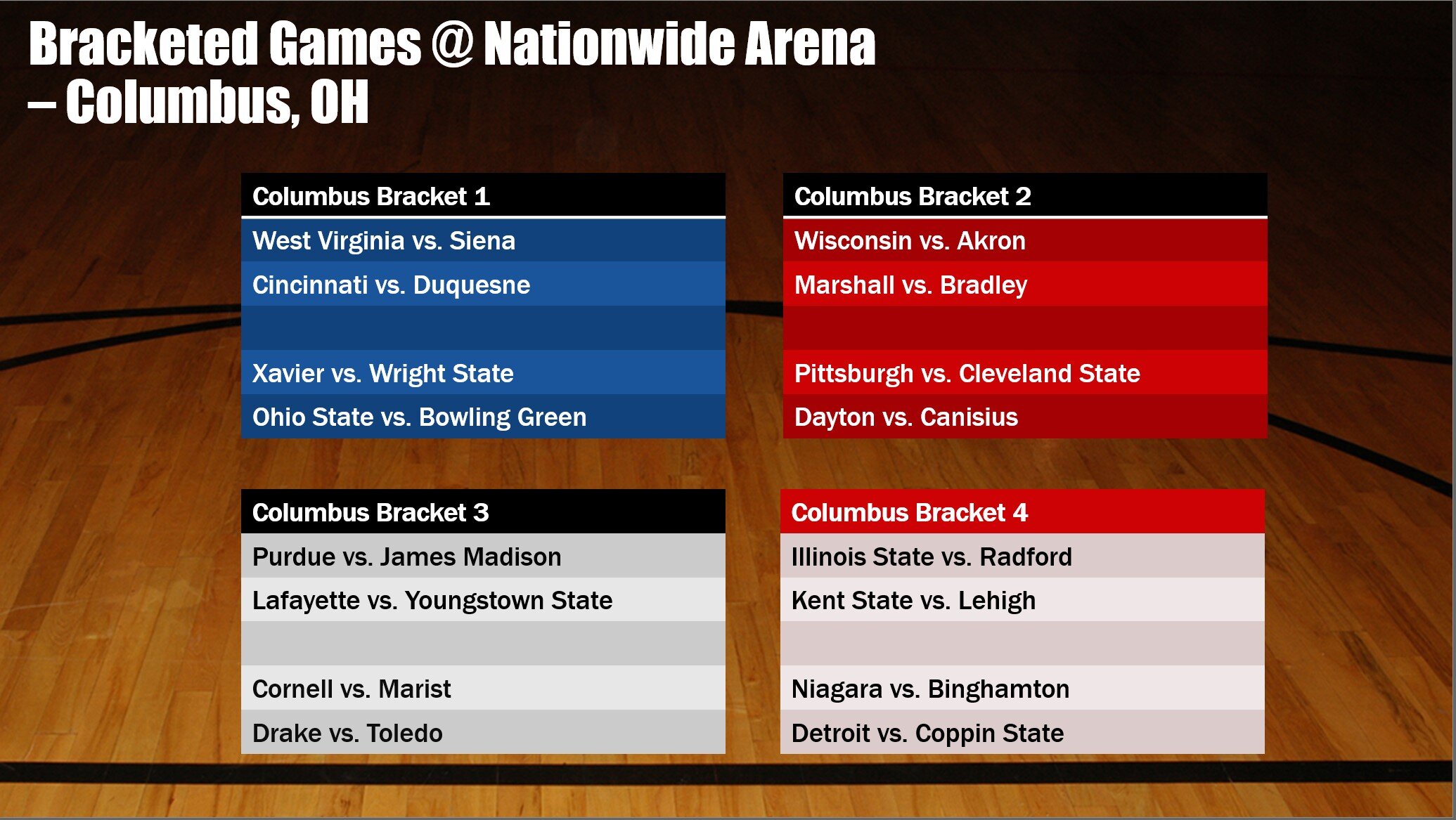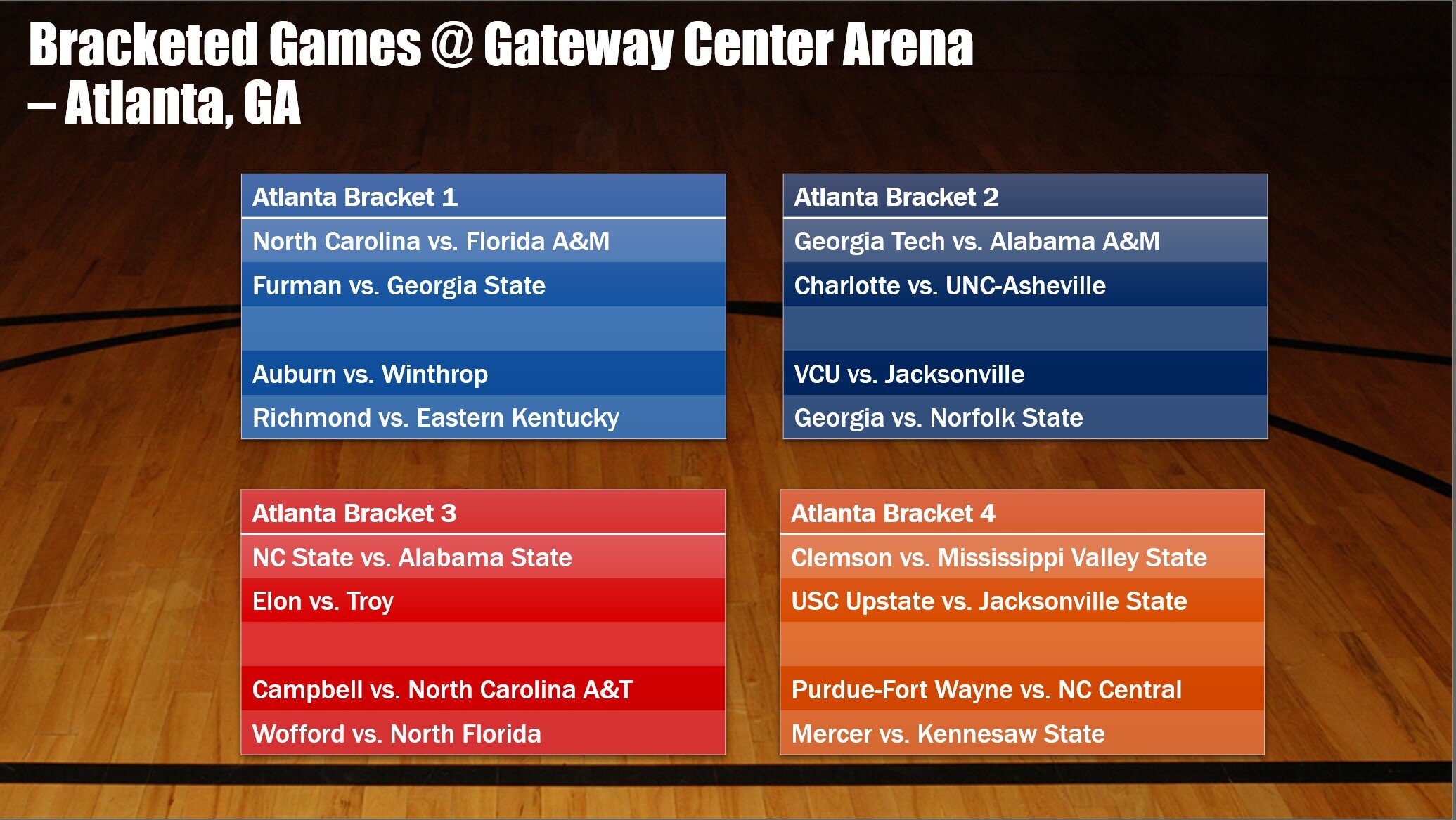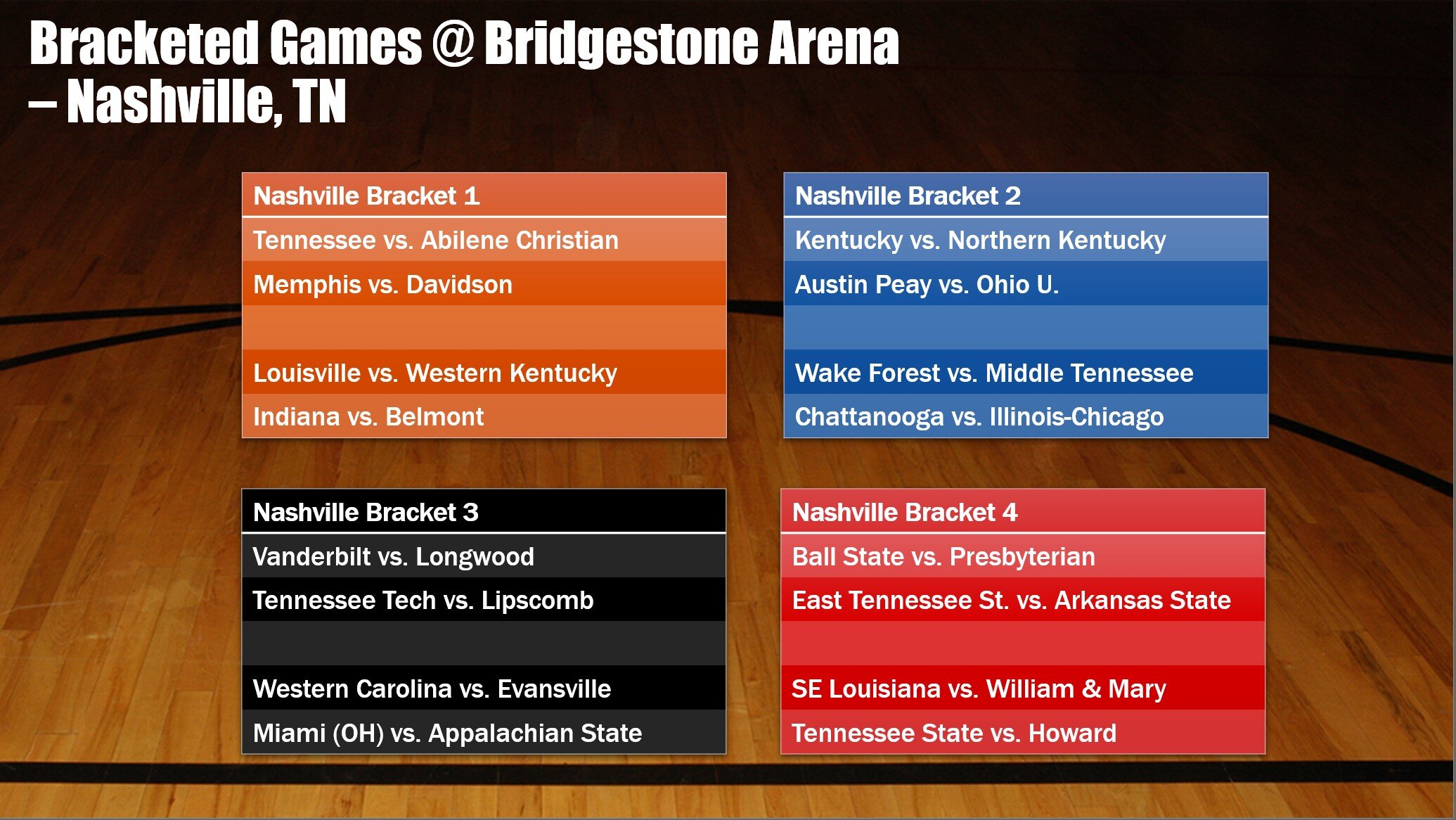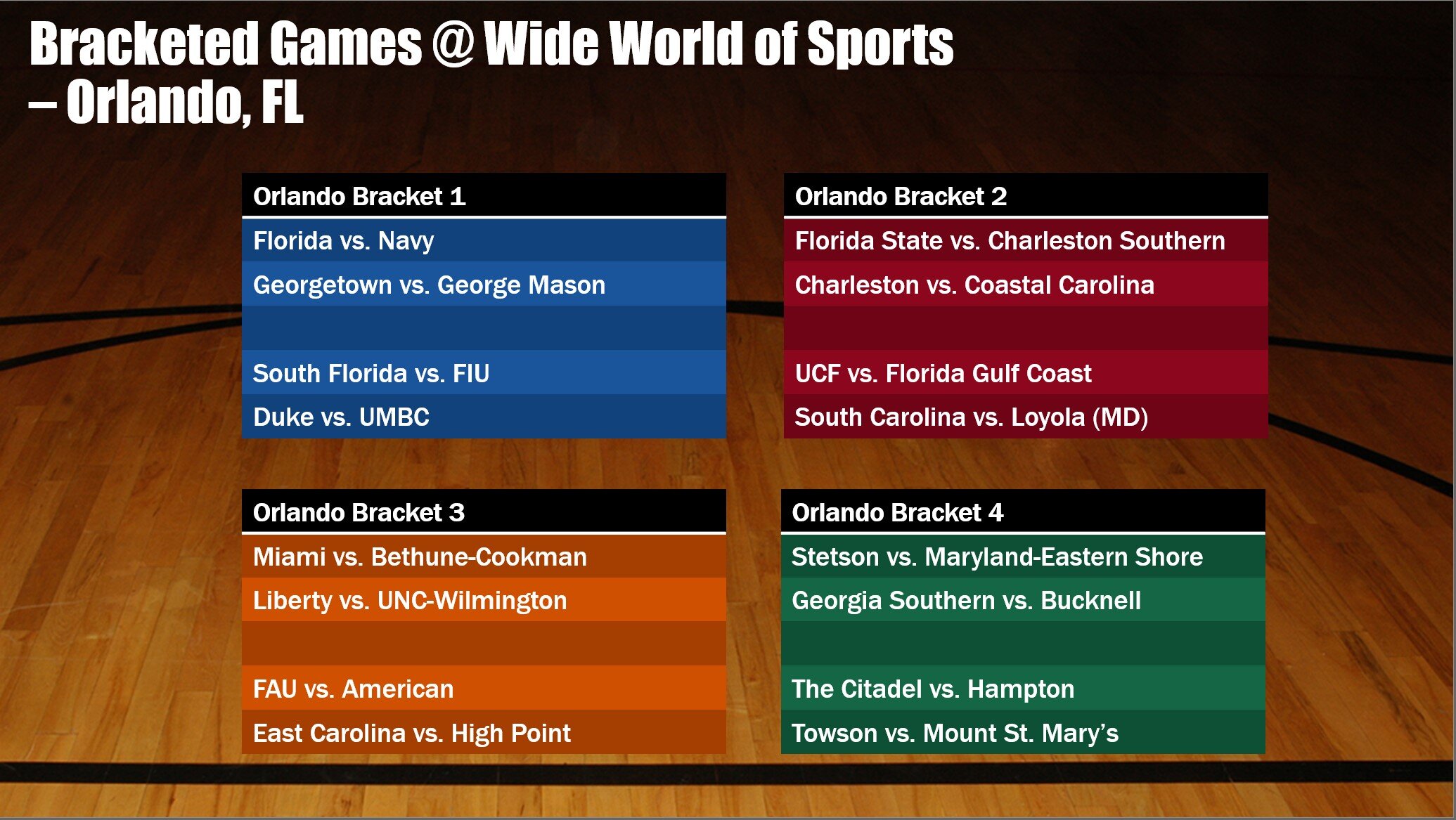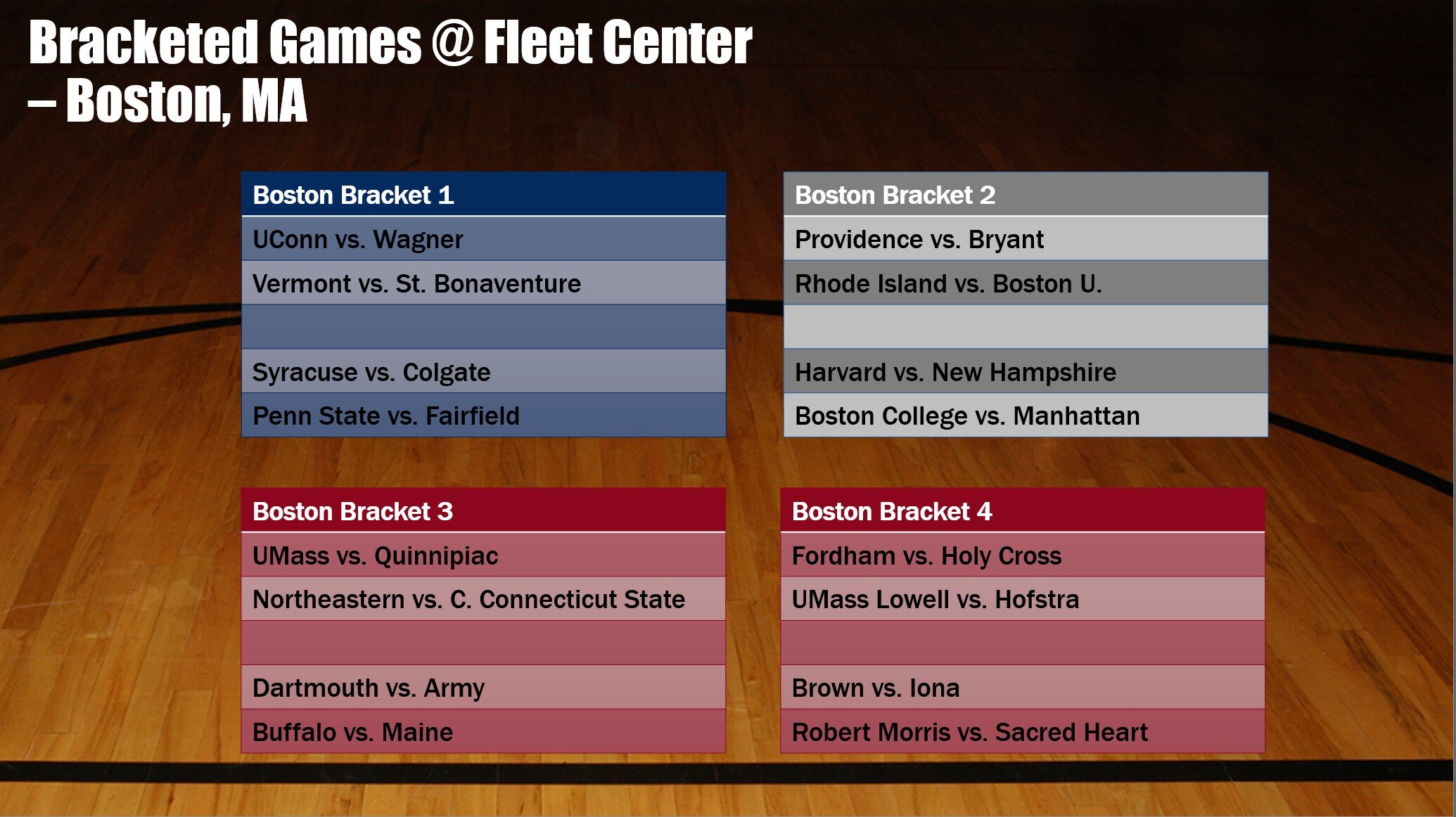By Rocco Miller (@RoccoMiller8)
Part 1: Non-Conference Bubble Selections
Simply smile more. Practice reframing. Build resiliency. These are the three key areas to boost your positive thinking and reduce stress according to Johns Hopkins Medicine. What does this have to do with College Basketball you may ask? Today I’d say, quite a bit. Especially now. We are living in a pandemic-laden world today, where things are fluid by the hour not only with sports, but more importantly in life. The everyday American today may be feeling a wide-range of emotions or even sadness. In the College Basketball world, we are no different. College Basketball staffs, players, and fans are holding on tightly to hope for some resemblance of a season this coming Winter.
The opportunity to anchor on this new found positive wisdom has become incredibly worth while for myself personally and professionally over time, but this now feels like the real test of will power. College Basketball and College Football are both going thru several layers of a revolution and potentially lost seasons. Without question, the sports world has been like nothing any of us have ever experienced going back to this past March. It was an eye-opening experience to witness how sadness and pessimism can creep in and take over thoughts for an entire collective college basketball community. Many parts of life are deeper and more important than basketball. That has never become more clear to me. And after several webinars and connections with coaches this summer, many agree with me. Life issues have come to the forefront over the past several months.
As an occasional escape and after the successful TBT Tournament, I spent time over the past seven weeks building out a non-conference bubble proposal that can hopefully be looked at as a reality well before we get to January 1, 2021. Let’s first review how we got here.
March 12th. That was our last real glimpse into any College Basketball action. Watching Creighton and St. John’s that morning was unforgettable. The game was stunningly able to go on for an entire first half of play after every other pending conference tournament had been cancelled by then due to the safety concerns surrounding the COVID-19 pandemic. To date, the pandemic has still not been handled. We remain in flux, with outbreaks hitting in many parts of the country. College athletic departments remain short on details, as they wait on a plethora of factors ranging from pro-sports success or failure, campus decisions, and vaccine feasibility. Since that Thursday in March, the College Basketball world has been in mourning. We did not make it to Selection Sunday, no NCAA Tournament, no Final Four trip, nothing.
We now look forward to what viable options remain for the 2020-21 season, or perhaps we should just look at the 2021 season? Already aware that the The Ivy League will not be playing any games whatsoever until January 1st, 2021, and the Patriot League and others are predicted to follow suit sometime soon, we know the liklihood of games in November and December is shrinking. This has created many discussions within College Basketball circles on if it would be feasible or not to have a regular season comprised of just conference-only games and be able to select a tournament field based on those results alone. This is a scenario that I’d think is near last resort for the NCAA. NET data would be useful to still determine a percieved strength of a team while selecting the field of 68, but those middling teams (which there would be several) would create a really difficult to near impossible task of coming to a consensus for the committee in the selection room.
Efforts to play basketball on the national scale and within a bubble emerged ealrier this summer, as the TBT Tournament in Columbus, Ohio commenced. It was an overall smashing success. Two teams were forced to drop out of the tournament early on due to one team member testing positive for COVID-19. But out of 26 teams, that was a result that I believe tournament organizers were satisfied with. To follow that up, today we are finding the early returns on the NBA bubble have been tremendous. Last week, zero postive cases were reported out of over 300+ tests to team personnel and extended staff members in the Orlando bubble. We’ve collectively learned a few things about the spread of the virus and how to contain it. It unfortunately becomes very risky to have frequent plane flights, constant changes of scenery, and additonal exposure beyond a controlled environment. These factors are making the options for a traditional College Basketball season in 2020 or 2021, reasonably obselete. The bottom line is, we still have five months til January and three months til November. Teams need games. Teams need non-conference games. Let’s figure this out and create an outline.
The Initial Outline for Non-Conference Bubble assignments
11 National Locations
10 games per team, all 357 teams.
4 regularly scheduled non-conference games
2 Bracketed events per school. *More on this below*
40-day period to complete games.
First 12 days are for quarantine, acclimation process, practice.
Geography and proximity is the most important factor.
Competitive balance is second most important factor.
No more than four teams per Conference in same location
Proposed dates: January 2nd thru February 5, 2021
For this to even be entertained as reality, all 32 conference commissioners with assistance from the NCAA need to be an agreement. That is probably enough risk to eliminate the entire possibility. But remember, this is College Basketball Reimagined. If College Hoops as a whole is left with little other options such as limiting flights, limiting hotel variance, limiting exposure in general (as it stands today) - then the leagues have really no other choice but to start preparing bubble proposals.
Update: Jon Rothstein of CBS Sports tweeted:
Several power conferences in college basketball have had preliminary discussions about holding games next season in a "bubble" type setting. This is one of many potential options on the table, but one that gains traction with student athletes taking classes online.
This proves that there are now ongoing discussions of this prior to publishing time. Simply only involving power conferences is still a little bit of a blow for those of us who love all 357 programs and 32 leagues. Regardless, we are going to include every D1 program in our proposal.
So this is where we’ve landed at Bracketeer.org:
Location Selection
The outline above shows that we need 11 locations. The thought process behind this is to provide coverage to enough geographies to provide a close to home option for as many programs as possible. The other key in the selection process was to come up with 11 locations that actually could facilitate a bubble. Some of these selections, feel spot on and others would take some willingness from the cities to help go the extra mile for safety of the staff and players. In hindsight, we may need to add one additional East Coast location and eliminate a southern location. In doing the exercise within the rules of our outline above, I quickly realized the sheer quantity of East Coast programs was forcing me to send a few to places like Orlando. But in large part I think this was a successful exercise. Without further ado, here are the 11 locations:
Las Vegas
The Mandalay Bay has successfully hosted the G League Showcase for a few years now. The ability to create a bubble on property is as feasible as you will find anywhere in the US.
Colorado Springs
Wildcard selection. The Olympic Training Facility is a massive 59,000 square foot training facility designed to help elite athletes focus. The venue would be a tremendous experience for College Basketball programs.
Alternative Site: Salt Lake City
Risk: USA Basketball would need to advocate to help make this work and the hotel lodging may be difficult.
San Antonio
Alamodome is as fitting as a bubble destination as I can think of. With nearby riverwalk hotels and a venue always thirsty for more events, this could be a great match.
Alternative Site: Ford Center at The Star (Cowboys Training Facility), Frisco, TX.
Risk: At press time, San Antonio is in a high risk region with COVID-19. Something to monitor.
New Orleans
The Ernest N. Morial Convention Center had a major renovation last year and would be an ideal bubble location. Three adjacent hotels connect to the Center and several other lodging options are in close proximity.
Alternative Sites: Smoothie King Center or Mississippi Coast Coliseum, Biloxi, MS.
Risk: Ballroom of the Convention center meeting requirements for sanctioned games and television.
Indianapolis
The Host location for the Final Four is a must for a bubble test run. The NCAA has strong ties in Indy, and realistically could work with the venue to make this happen for non-conference play.
Alternative Sites: Indiana Convention Center or Bankers Life Fieldhouse.
Risk: Limited in comparison to other options. A bubble in the Final Four host city is a necessity.
Columbus
Another first ballot option is Columbus after the mostly successful TBT Tournament last month. I visit this city about 10 times a year (during normal times) and can attest to the convienence of getting to Nationwide Arena from several nearby hotels with ease.
Risk: Like several of the other locations, the temptation to be in the booming downtown scene or head over to Ohio State University for gatherings would be hard on young adults to stay in the bubble.
Atlanta
The city of Atlanta makes good geographical sense. The venue is up for heavy debate. The new Gateway Center Arena is our choice. The venue is conveniently located right next to the Georgia International Convention Center.
Alternative Sites: State Farm Arena.
Risk: Atlanta is heavily populated and creating a bubble could prove challenging. Georgia as a state has had looser restrictions on businesses as well, which could jeopardize the opportunity.
Nashville
Nashville serves as an ideal host locations with several surrounding D1 colleges and proven success hosting the SEC Tournament and NCAA Tournament.
Alternative Sites: Memphis, TN - FedEx Forum, Myrtle Beach, SC - HTC Center.
Risk: Can they setup, support, and successfully enforce a bubble while being surrounded by a typically busy downtown area?
Orlando
The number one draft choice is here. The Orlando Wide World of Sports facilities have had amazing success hosting the NBA. With a January start, this is a slam dunk location for College Basketball.
Atlantic City
Boardwalk Hall has been selected to host College Basketball events in the past and will serve as a getaway to focus on basketball and online studies during winter months for a large quantity of East Coast schools.
Alternative Sites: Philadelphia or Baltimore area
Boston
The hub for Northeast schools. So many D1 colleges nearby, we need Boston or Worcester to host. The Fleet Center is Plan A, but there are several backup locations that would suffice.
Alternative Sites: Auerbach Center - Boston, DCU Center - Worcester, MA, or Dunkin’ Donuts Center - Providence, RI.
Scheduling in the Bubble
The following format will be applied to 352 teams, the only exceptions will be the newest teams to D1: Merrimack, Dixie State, Tarleton State, UC San Diego, and Belarmine. These five schools will not be eligible for the NCAA Tournament, and based on math were the easiest to leave out of the bracketed events. They will still be invited to a come participate in non-conference games at their nearest locations.
Non-Conference Bubble Outline
January 14 -20: Each school will schedule two non-conference games against whom they choose as long as they are not in the same initial bracket or another conference member. Similar to how non-conference games are scheduled now minus some of the financial elements.
January 21-25: Eight-team Bracketed Events. Each location will host four (4) bracketed events.
January 26-31: Two more non-conference games against whom they choose, with same restrictions as before.
February 1-5: Eight-team Bracketed event of Champions plus three (3) additional eight-team bracketed events. Teams in same conference will be separated.
This gives everyone exactly 10 non-conference games. The ability to achieve a tougher strength of schedule by winning. I actually like the model quite a bit as a bracketologist and for non-power conferences. Next, lets break down the Bracketed Events.
All Brackets will follow the same 8-team format as Maui, Battle4Atlantis, Charleston, Cayman Islands, etc. (3 games per school)
SAMPLE BRACKET ONLY. All Bubble Brackets will be played using this format.
Four separate Bracketed Events to be played in each bubble between January 21-25, 2020:
UC San Diego (Las Vegas), Merrimack (Boston), Dixie State (Colorado Springs), Bellarmine (Nashville), and Tarleton State (San Antonio) will be available for scheduling and able to play up to 11 games should they be scheduled. Any team who plays against these five schools will also be able to play up to 11 games.
SAMPLE Non-Conference Schedule: Indiana
1/15 vs. Middle Tennessee
1/18 vs. Evansville
1/22 vs. Belmont
1/23 vs. Louisville or WKU
1/25 vs. TBA
1/27 vs. William & Mary
1/30 vs. Davidson
2/1 - 2/5 vs. TBA (3 Games)
For this concept to actually get off the ground, the sport will need several factors to go almost perfectly to actually come to fruition. There is plenty at stake for our 357 D1 Basketball programs if we do not have another NCAA Tournament. There is also plenty at stake if we can’t ensure the safety and health of the players or if the players unite for further economic and social justice change like we saw recently in football. Leaning on the science that is proven and dependable from what has been learned from other bubble environments can only help College Basketball. If this is a plausable solution to have athletes take online classes and play basketball in a bubble for three months? Those are likely the bigger questions at this point.
Under my full proposal, almost all teams will not play in more than three total bubbles during the season and many will only play in two. There are serious health, safety, and testing measures that were needed in order for the TBT and NBA bubbles to work. This will have to be replicated in a more complex manner with college-aged kids, more teams, and 11 different bubbles. A big reason I did not propose more than 11 was for that very reason. The hoops season and selection process is up for major scrutiny with a conference-only schedule. This proposal would solve that reality and then some. I cannot stress enough, how many additional opportunities a mid or low-major program would be able to achieve by winning in these brackets and advancing to a subsequent tournament of champions format in early February.
Coming soon: Conference-play bubbles in Part 2.



